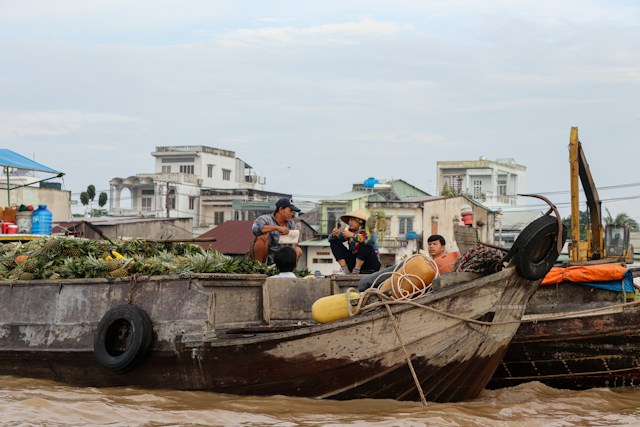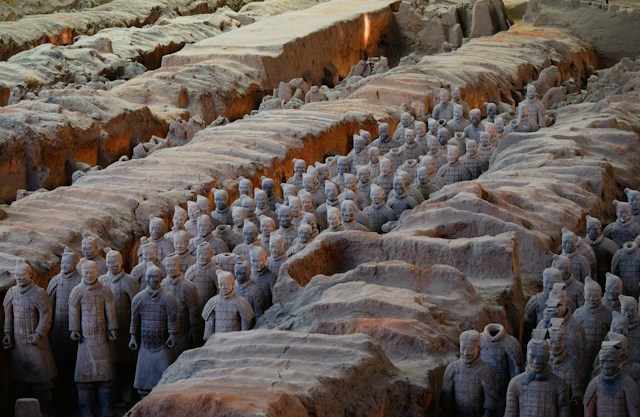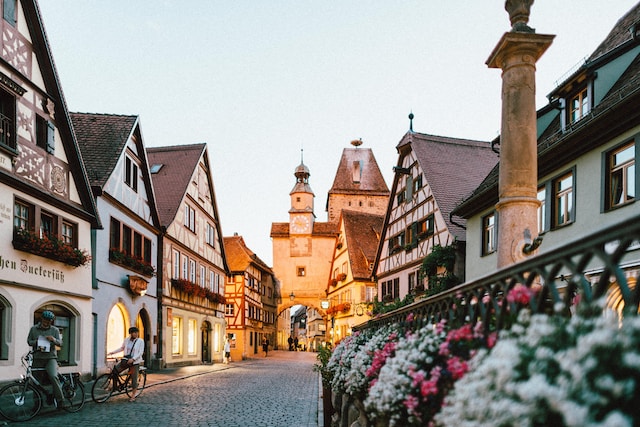Introduction:
While the United States is a vast and diverse country with its own unique offerings, there are some intriguing elements found in other corners of the world that have yet to make their way across its borders. From cultural traditions to architectural marvels, let’s embark on a virtual journey to explore 10 fascinating things that exist outside the United States.
- Siestas in Spain: Midday Breaks with a Purpose
In Spain and some Latin American countries, the siesta is a cherished tradition where businesses shut down, and people take a midday break for rest or leisure. While not entirely absent in the U.S., the cultural significance and widespread practice of siestas are more prevalent in certain regions abroad.

- Japan’s Capsule Hotels: Efficient Space Utilization
Japan is renowned for its innovative approach to space utilization, and capsule hotels exemplify this ingenuity. These compact accommodations provide a cost-effective and space-efficient solution for travelers, offering a unique experience that hasn’t quite caught on in the U.S.

- Roundabouts in the UK: Circular Traffic Navigation
While roundabouts are becoming more common in the U.S., they are still not as widespread as in the United Kingdom. The British embrace these circular traffic intersections as efficient alternatives to traditional intersections, promoting smoother traffic flow.

- Tuk-Tuks in Thailand: Quirky Urban Transportation
In Thailand and other Southeast Asian countries, the tuk-tuk is a popular mode of urban transportation. These three-wheeled vehicles offer a convenient and economical way to navigate bustling city streets, a sight not commonly seen in the U.S.

- High-Speed Trains in Japan: Bullet Train Marvels
Japan’s Shinkansen, or bullet trains, are renowned for their punctuality and impressive speeds. While high-speed trains exist in various parts of the world, the efficiency and widespread network of these trains in Japan set them apart.

- Floating Markets in Thailand: Commerce on the Water
Thailand’s floating markets, such as Damnoen Saduak, offer a unique shopping experience where vendors sell goods from boats along the waterways. This vibrant and culturally rich marketplace is a distinct feature not commonly found in the United States.

- China’s Terracotta Army: Ancient Sculptural Marvel
The Terracotta Army in Xi’an, China, is a breathtaking archaeological wonder consisting of thousands of life-sized clay soldiers. This ancient masterpiece, dating back to the third century BCE, is a testament to China’s rich history and artistic achievements.

- Alpine Coasters in Germany: Thrilling Mountain Descents
Germany’s Alpine Coasters combine the thrill of a roller coaster with the scenic beauty of mountain landscapes. These gravity-driven attractions offer an exhilarating experience as riders descend mountain slopes, a unique adventure not widely available in the U.S.

- India’s Holi Festival: The Festival of Colors
Holi, the Festival of Colors in India, is a joyous celebration marked by vibrant hues, music, and dancing. While color festivals exist in various forms worldwide, the cultural significance and scale of Holi make it a distinctive event not replicated in the United States.

- Sweden’s Fika Tradition: Coffee Breaks with Purpose
In Sweden, the concept of fika involves taking a coffee break to enjoy a cup of coffee or tea with friends or colleagues. This cultural ritual is more than just a pause for caffeine; it emphasizes social connection and relaxation, a practice that differs from the American approach to coffee breaks.

Conclusion:
Exploring the unique aspects of other countries offers a glimpse into the diverse tapestry of global cultures. While the United States has its own rich traditions and innovations, these 10 fascinating things from around the world showcase the variety and uniqueness found beyond its borders. As we celebrate our global interconnectedness, these cultural differences contribute to the richness of our shared human experience.

